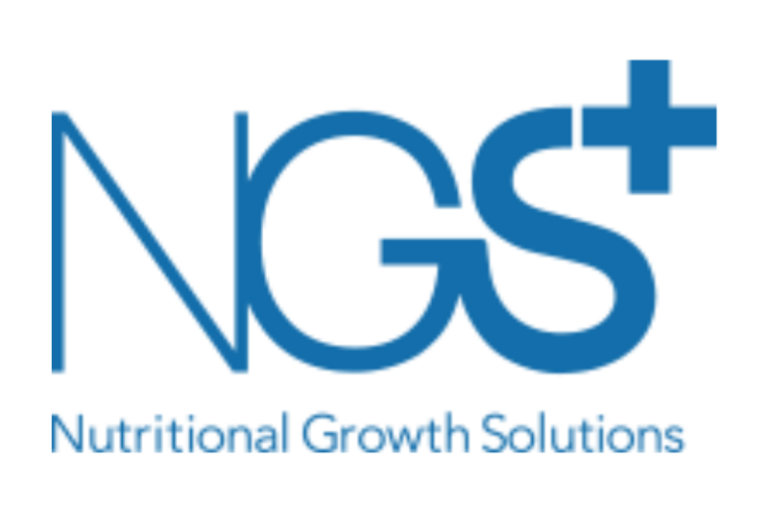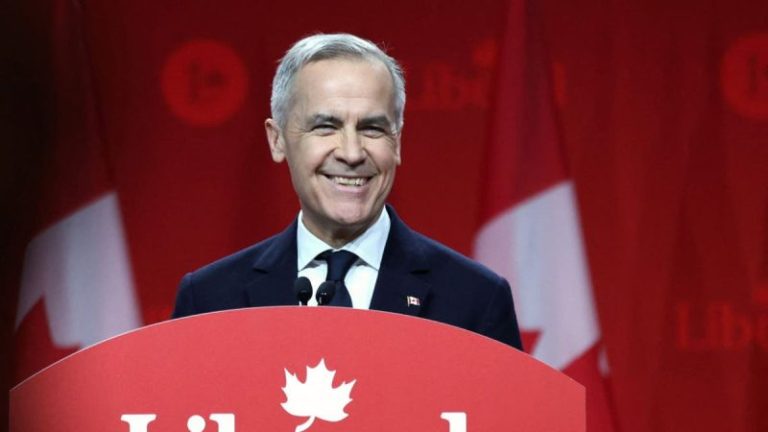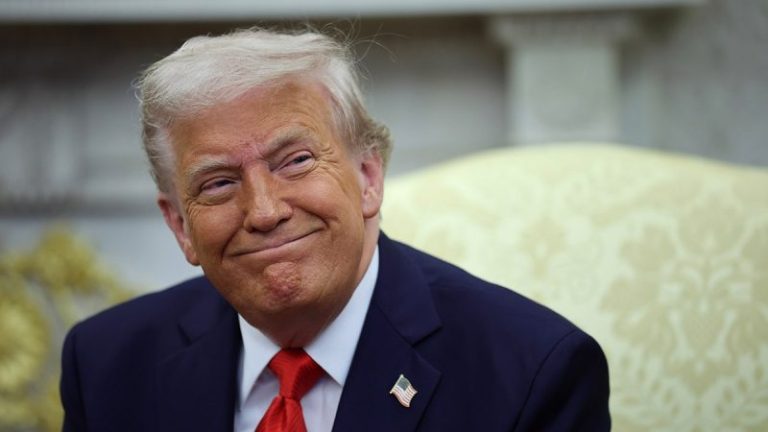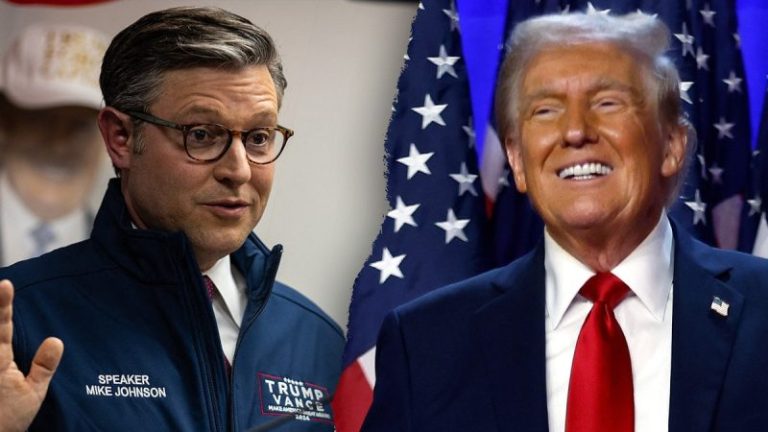The American economy may be heading toward stagflation, an environment characterized by high inflation, slowing growth and rising unemployment, US Federal Reserve Chair Jerome Powell cautioned earlier this month.
‘Unemployment is likely to go up as the economy slows in all likelihood, and inflation is likely to go up as tariffs find their way and some part of those tariffs come to be paid by the public,’ Powell said during an April 15 appearance in Chicago.
While he was careful not to use the word ‘stagflation,’ experts have pointed out that the circumstances Powell outlined correspond with its definition, thrusting the term back into public discourse.
But what exactly is stagflation, and why is it such a concern for investors? Read on to find out.
What is stagflation?
Stagflation describes the economic scenario where inflation remains high even as economic growth slows and unemployment rises. Stagflation is a rare occurrence, and contradicts the foundational economic belief that inflation typically rises during economic booms and falls during recessions.
The term was coined by British politician Iain Macleod in 1965 and became infamous during the 1970s oil crisis, when a dramatic spike in oil prices triggered both rising costs and shrinking output across much of the global economy.
In simple terms, stagflation means you’re paying more for everything while earning less; at the same time, finding a new job, or even keeping your current one, becomes more difficult.
The misery index, created to measure such bleak periods, adds the unemployment rate to the inflation rate. During the worst of the 1970s, it exceeded 20. As of March 25, 2025, it stood at around 6.6, with inflation at 2.4 percent and unemployment at 4.2 percent. Many economists fear that number could rise quickly if current trends continue.
Why are experts sounding the alarm on stagflation?
A combination of geopolitical shocks, fragile supply chains and new economic policies — particularly a sweeping series of tariffs enacted by the Trump administration — has created a perfect storm, economists say.
The tariffs include a 10 percent universal tax on all imports, up to 25 percent duties on goods from Canada and Mexico and a staggering 245 percent tariff on imports from China. These are not minor adjustments — they are foundational changes to the pricing structure of the US consumer and business marketplace.
‘The level of the tariff increases announced so far is significantly larger than anticipated,’ Powell said in a written statement from his Chicago appearance that was published on April 16. ‘The same is likely to be true of the economic effects, which will include higher inflation and slower growth.’
In other words, the tariffs act as a supply shock: They make it more expensive to bring goods into the country, which businesses pass on to consumers through price hikes. At the same time, higher costs can lead companies to cut back on investment and hiring, slowing the economy and increasing job losses.
“The Trump White House tariff policy has certainly increased the risk of both higher inflation and lower growth,” Brett House, professor of professional practice in economics at Columbia Business School, told CNBC.
To better understand what’s at stake, economists are looking at the 1970s — a decade that was marked by an oil embargo, skyrocketing prices and stagnant economic activity.
In response, then-Fed Chair Paul Volcker aggressively hiked interest rates, with the federal funds rate peaking at nearly 21 percent in 1981. The move ultimately tamed inflation, but plunged the country into two recessions.
That painful cure became the playbook for handling runaway prices, with central banks committing to maintaining credibility and acting decisively, even at the cost of job losses.
“The Fed’s credibility in keeping inflation low and stable, won over decades, kept longer-term inflation expectations stable,” Fed Governor Adriana D. Kugler said in a recent statement.
Still, today’s economic landscape differs from the 1970s in critical ways. The US is no longer as dependent on foreign oil. And labor unions, once a powerful driver of wage spirals, now represent a smaller portion of the workforce.
However, these differences might not offer much protection. While oil prices are less of a concern today, tariff-induced uncertainty could have a similar chilling effect.
How does stagflation impact everyday life?
For most people, stagflation translates into economic whiplash.
Essentially, prices go up, wages don’t keep pace and job security becomes tenuous. According to Forbes, a rising misery index would create a whole new roster of challenges for the everyday person.
To illustrate, people will likely have to spend more to get the same quantity of food, clothes and gas. Employees’ chances of getting laid off or working fewer hours will increase. For recent college graduates, the job market could become especially brutal. For families, the cost of borrowing — whether to buy a home, finance a car or use a credit card — could rise steeply if the Fed chooses to raise interest rates to combat inflation.
Diane Swonk, chief economist at KPMG, described today’s environment as having a “whiff of stagflation,” where people feel less secure about their financial future, even if the economic statistics haven’t fully caught up to the sentiment.
Is stagflation a certainty?
Not all economists agree that stagflation is inevitable, or that it will reach the same severity as in the 1970s.
Still, concerns are growing. Michael Feroli, JPMorgan Chase & Co.’s (NYSE:JPM) chief US economist, issued a warning earlier this month, stating the bank now expects a recession in 2025.
He predicts unemployment will rise to 5.3 percent, while a core measure of inflation will reach 4.4 percent, which he described as a “stagflationary forecast.”
KPMG also projects a shallow recession, with inflation peaking at the end of the third quarter. But even a modest downturn could be painful for vulnerable workers and households already stretched thin by pandemic-era economic disruptions and the fading buffer of savings built up during that time.
What does stagflation mean for investors?
Stagflation presents a complex and often discouraging landscape for investors.
Unlike recessions, where bonds tend to do well as interest rates fall, stagflation often erodes the value of both stocks and bonds. In such periods, equities can suffer from declining corporate profits due to rising input costs, as well as weakening consumer demand, creating varied headwinds for the stock market.
At the same time, high inflation erodes the real value of future earnings, often leading to downward pressure on stock prices, particularly for growth-oriented companies whose valuations depend heavily on projected future cashflow.
Bonds, too, become vulnerable. Inflation eats into the fixed income stream provided by bonds, especially longer-term bonds. As inflation rises, the purchasing power of interest payments declines, and yields on newly issued bonds increase to compensate investors, driving down the market value of existing lower-yield bonds.
This was evident during the 1970s, the last prolonged period of US stagflation. At that time, both the S&P 500 (INDEXSP:.INX) and US treasuries experienced prolonged periods of underperformance in real terms.
Gold, on the other hand, surged in value as investors sought assets that could maintain their purchasing power amid inflation and economic uncertainty. The price of gold increased more than 1,000 percent from 1971 to 1980, reflecting its appeal as a hedge during economic stress. Commodities more broadly — such as oil, agricultural products and industrial metals — have historically performed better in stagflationary conditions.
Since commodities prices are a direct input into inflation measures, they tend to rise during inflationary periods, particularly when inflation is driven by supply shocks. For instance, in the 1970s, oil prices quadrupled following the OPEC embargo, delivering significant gains for energy producers and commodity-focused investors.
Still, it’s worth noting that no single asset or strategy is immune to the pressures of stagflation. While diversification, inflation hedging and a focus on quality assets are time-tested approaches, the unique combination of rising prices and faltering growth challenges even seasoned investors.
Investor takeaway
Stagflation is not just an economic term from the past — it may soon be a lived reality for millions and even billions.
With tariffs reshaping trade dynamics in real time, inflation hovering stubbornly above the Fed’s target and job growth showing signs of slowing, the conditions are set for a troubling period ahead.
Whether or not future policymaking can steer the economy away from this outcome remains to be seen. For now, consumers, businesses and investors alike would do well to prepare for the reality that stagflation brings — not just a historical anomaly, but a modern economic threat.
Securities Disclosure: I, Giann Liguid, hold no direct investment interest in any company mentioned in this article.










